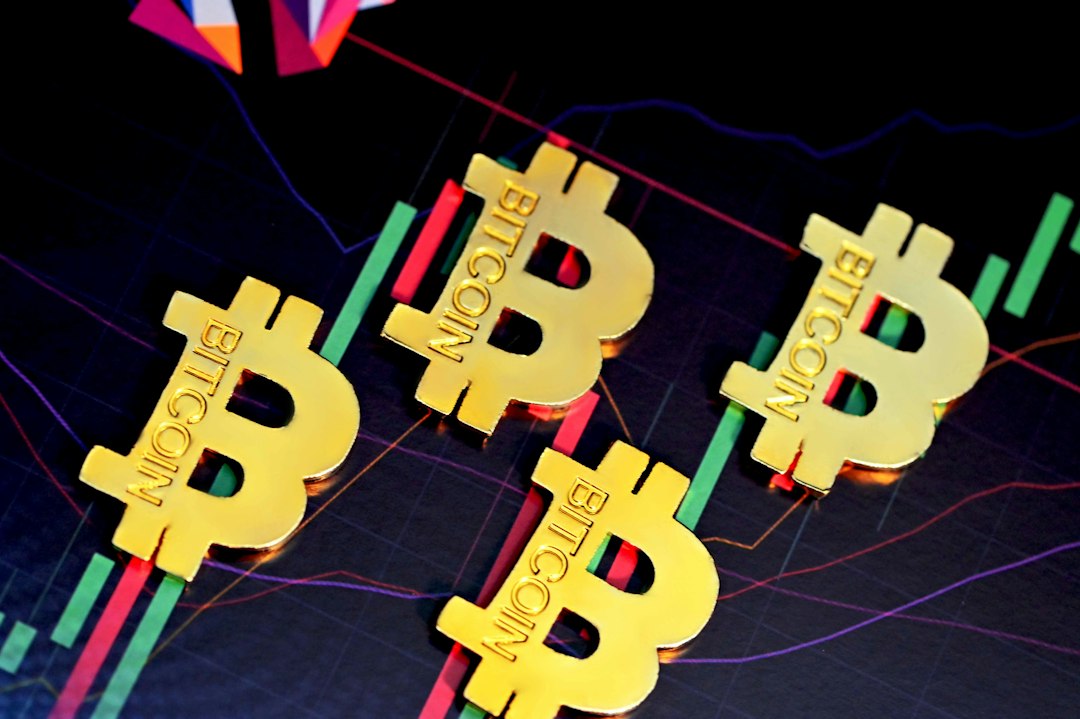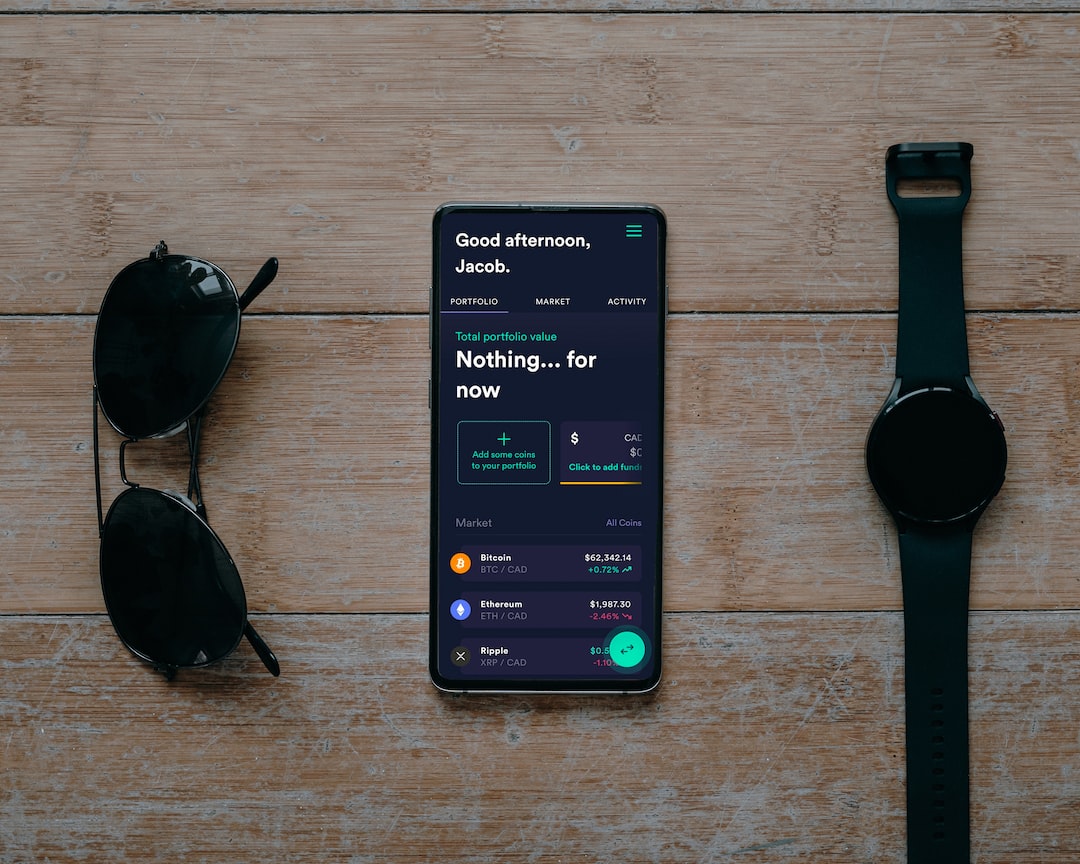A Little-Discussed SEC Memo Suggests Internal Struggles over XRP’s Security Status
A memo from the SEC five years ago indicates that the agency faced internal struggles in determining whether XRP was a security, according to crypto lawyer John Deaton. This suggests that Ripple may not have been legally reckless in issuing the token. The memo, known as the “Howey memo,” was written by SEC enforcement lawyers and was received by SEC chair Jay Clayton and Commissioner William Hinman. Hinman later delivered a speech suggesting that Ethereum may not be a security, but did not mention XRP. Clayton and Hinman later had a meeting with Ripple CEO Brad Garlinghouse, where the exclusion of XRP from the speech was discussed.
Key Points:
- The “Howey memo” received by the SEC suggests internal struggles over XRP’s security status.
- The memo was received by SEC chair Jay Clayton and Commissioner William Hinman.
- Ripple CEO Brad Garlinghouse expressed frustration over regulatory clarity for XRP.
- SEC chair Jay Clayton was dismissive and encouraged Ripple to keep talking to the staff about the issue.
- No enforcement action was taken shortly after the memo was published, indicating the SEC had likely not reached a conclusion.
Hot Take:
If the SEC struggled to conclude XRP was a security in 2018, it raises questions about whether Ripple’s executives were reckless in not knowing XRP was being sold as a security years earlier. The recent ruling by Judge Analisa Torres also adds to the uncertainty surrounding XRP’s regulatory status. The SEC’s appeal and the ongoing legal battles highlight the need for clearer guidelines in the crypto industry.





 By
By
 By
By
 By
By
 By
By
 By
By
 By
By